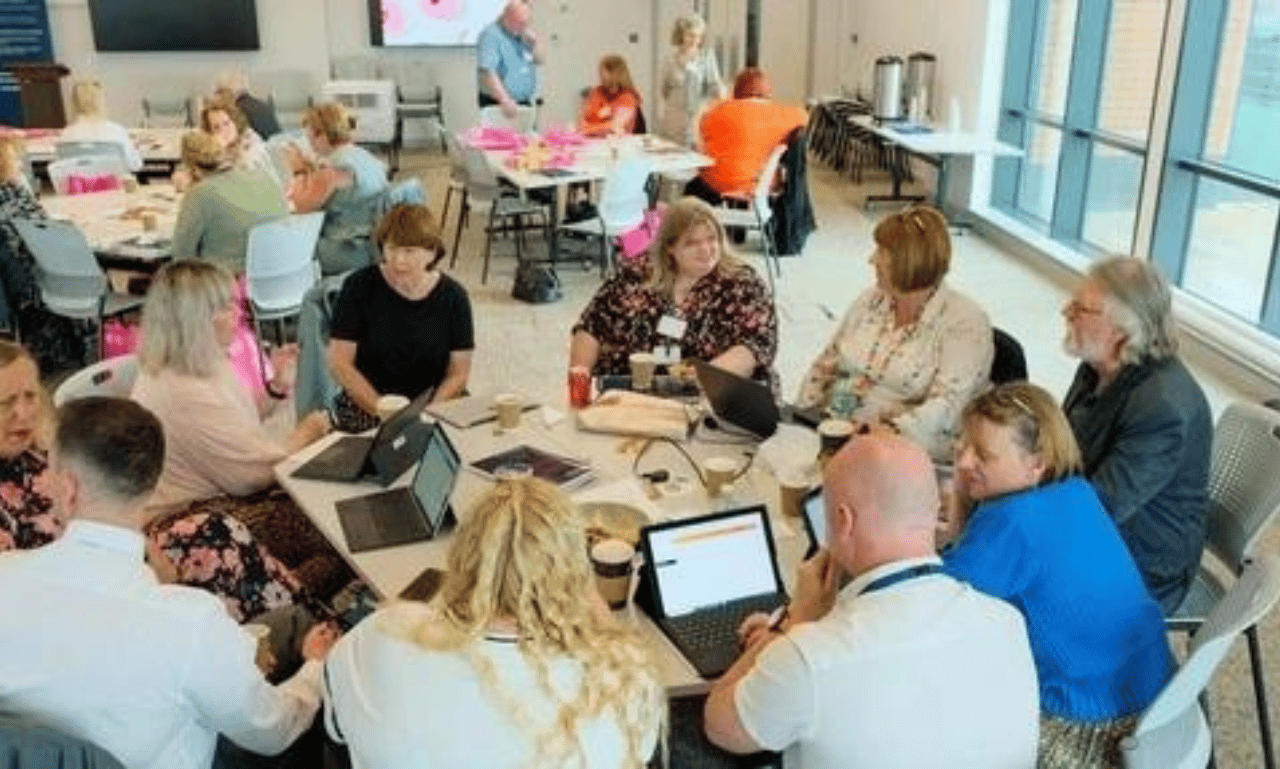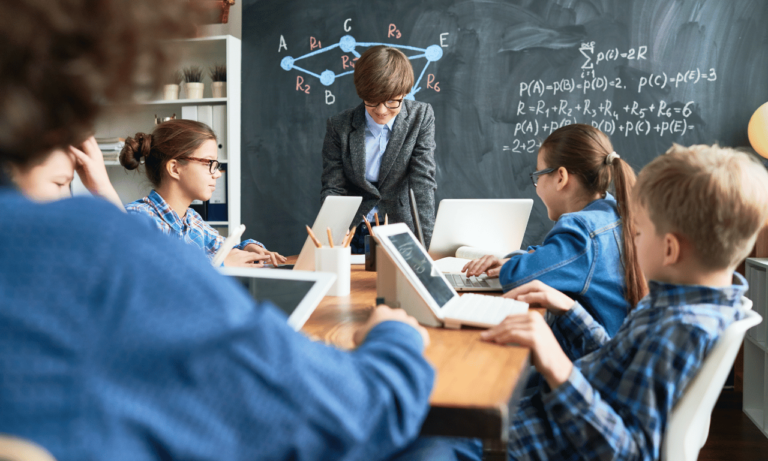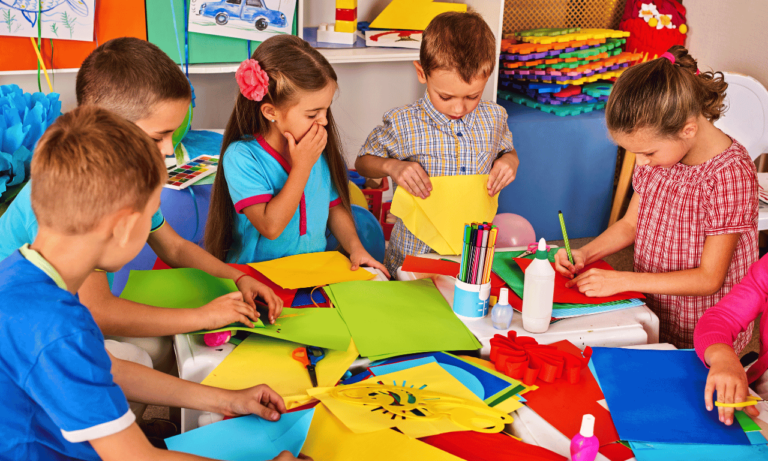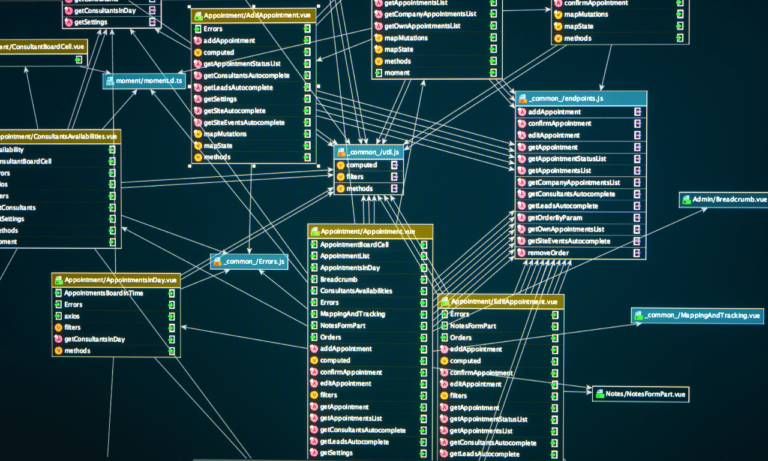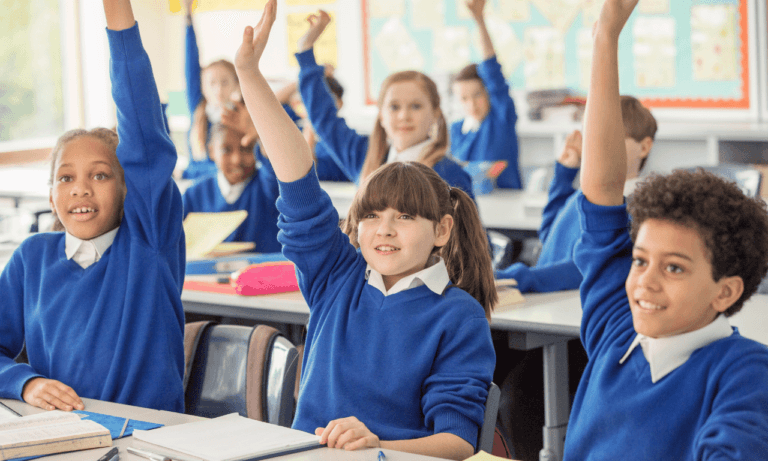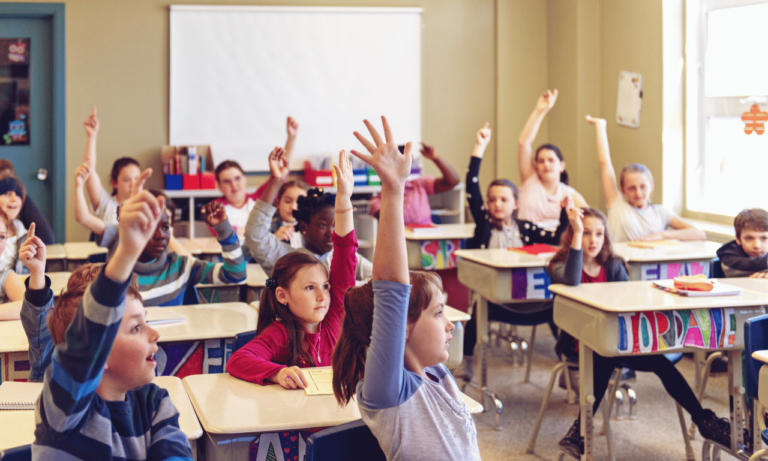Phone:
(+65)8319-0742
As education continues to evolve, the Experiential Learning Support Framework emerges as a cornerstone for practitioners striving to enrich practical education. By integrating immersive strategies into curricula, this guide acts as a beacon, leading educators toward effective learning outcomes. Its inclusive design ensures that all students benefit from equitable and fully engaged learning experiences, bridging the gap between theoretical knowledge and its real-world application.
Key Takeaways:
- Reflective tool for enhancing equity and inclusion in experiential learning.
- Supports the creation and evaluation of practical education programs.
- Encourages incremental changes to improve educational outcomes.
- Facilitates student engagement through immersive learning opportunities.
- Promotes continuous improvement within the experiential learning field.
Understanding the Experiential Learning Support Framework
In the realm of education, the experiential learning model is rapidly gaining traction as a powerful way to give learners real-world skills and an inclusive environment where every student feels a sense of inclusion and belonging. Let’s take a closer look at the principles that make experiential learning programs and courses both effective and equitable.
Principles of Equitable and Inclusive Experiential Learning
At its core, the experiential learning support framework is built on the ideals of equity and inclusivity. This requires strategic planning to ensure that learning programs are accessible to all, regardless of background. Furthermore, these programs must actively involve students in a manner that fosters a comfortable and supportive learning environment.
The Five-Stage Process: A Journey to Comprehensive Learning
The framework is structured into a five-stage process that guides instructors and program developers through the iterative journey of creating and refining learning experiences. These stages encompass:
- Strategic Planning & Logistics: Aligning goals with the needs and realities of diverse student populations.
- Design & Delivery: Developing curriculum and methods that are listener-centric and adaptable.
- Promotion & Outreach: Ensuring awareness and accessibility to connect with all intended demographics.
- Student Preparation & Supports: Providing resources that prepare students for success.
- Evaluation: Assessing programs not just on outcomes, but on how well they serve all students.
This process demands continuous reflection and an ongoing commitment to evaluation and improvement.
Strategies for Meaningful Student Engagement
To truly engage students in experiential learning courses, educators must devise strategies that foster deep connections to the material. It’s not just about participation; it’s about ensuring that each student has the opportunity to contribute in a way that resonates with them personally and academically.
| Strategy | Description | Impact on Equity and Inclusion |
|---|---|---|
| Collaborative Projects | Tasks that require teamwork and draw from diverse perspectives. | Encourages peer-to-peer learning and understanding of different viewpoints. |
| Real-World Challenges | Problems sourced from actual scenarios relevant to the course content. | Provides practical, hands-on experiences that are equitable and authentic. |
| Student-Led Initiatives | Opportunities for students to lead portions of the program or project. | Fosters a sense of ownership and allows students to see their impact. |
| Reflective Practices | Activities that promote self-assessment and reflection on learning. | Supports individual growth and the personal application of knowledge. |
By weaving these strategies into the fabric of experiential learning programs, educators can create a learning environment that champions equity and ensures the long-term value and relevance of educational experiences.
Experiential Learning Activities: Learning by Doing
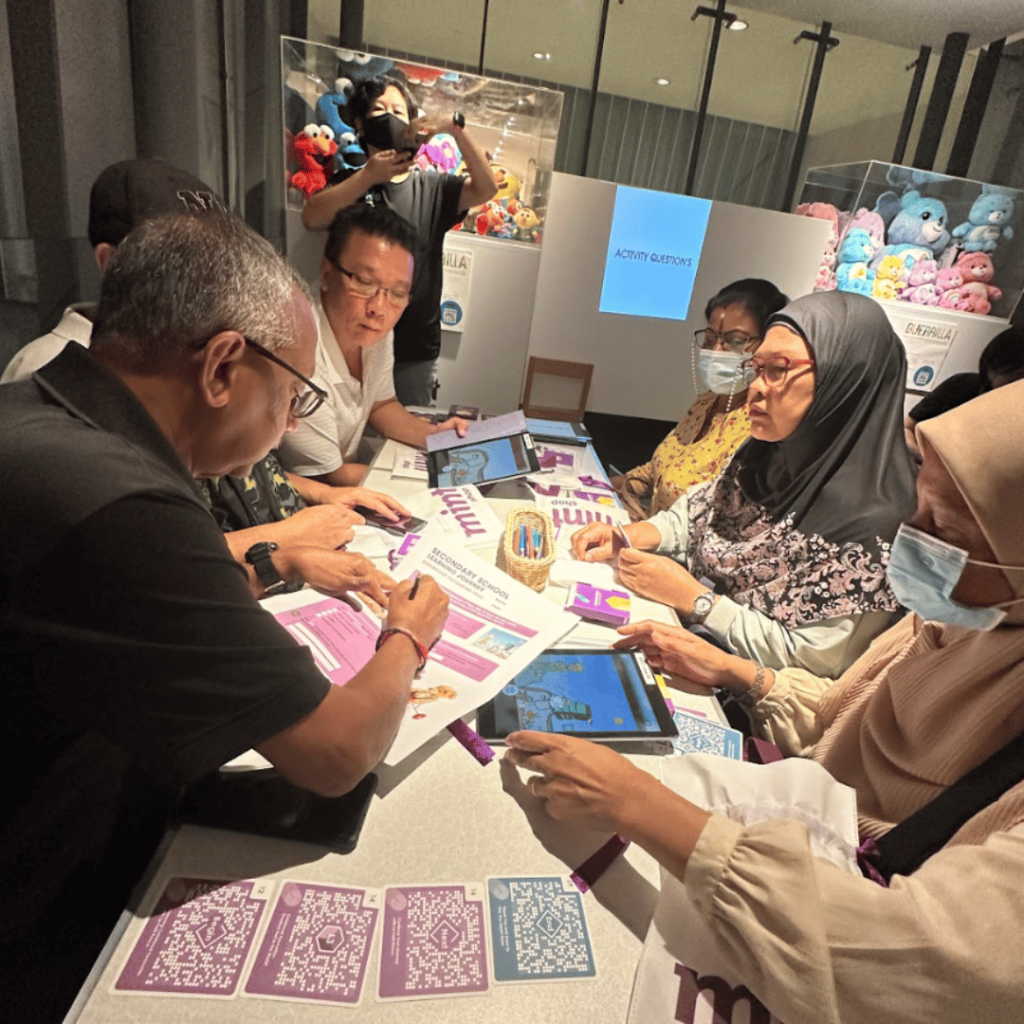
True learning often happens when theory meets practical application. Experiential learning activities encapsulate this idea through dynamic, hands-on experiences that enhance skill development and reinforce knowledge. In these transformative environments, students step out of the confines of traditional learning to engage with immersive experiences that mirror real-world challenges.
By utilizing a wide array of experiential education resources, educators create scenarios where learners can venture into experimentation, decision-making, and problem-solving tasks that align with their future career paths. This approach to education not only builds skills but also instills confidence and self-awareness, key components of successful personal and professional development.
| Activity Type | Skills Developed | Resources Required |
|---|---|---|
| Case Studies | Analytical thinking, Decision-making | Real-world case scenarios, Discussion forums |
| Internships | Professionalism, Time-management | Industry partnerships, Placement opportunities |
| Simulations | Strategic Planning, Crisis management | Simulation software, Facilitator guidance |
An integral part of this educational strategy is reflection, where learners are encouraged to contemplate the outcomes and processes within their experiential learning activities. This practice not only reinforces new skills but also prompts students to make meaningful connections between their immersive experiences and their academic knowledge.
- Problem-Based Learning: Students tackle complex, multifaceted issues to find practical solutions, thereby enhancing critical thinking abilities.
- Community Service: Engaging with local organizations, students apply their knowledge to real-world social issues, understanding the impact of civic engagement.
- Field Trips: Beyond the classroom, learners explore environments related to their field of study, gaining perspective and insights into professional contexts.
Amidst an ever-evolving landscape, prioritizing experiential learning activities becomes essential. It provides avenues for learners to not only acquire knowledge but to apply it inventively, ensuring that the skills developed are as versatile as they are valuable.
Fostering Competency Development Through Experiential Learning

Experiential learning strategies are revolutionizing the approach to education. By implementing competency-based education, educators are providing learners with the tools to apply knowledge in practical scenarios, hence improving competency development. Letâs delve into the stages of this development and how competencies are integrated within the field of experiential education to bolster experiential learning benefits.
Four Stages of Competency Development
The journey of competency development through experiential learning encompasses a structured progression from a foundational understanding to mastery. This journey can be outlined in four distinct stages:
- Exploring: Where learners are introduced to new competencies, typically through observation and preliminary practice.
- Expanding: Learners practice competencies in various contexts, broadening their understanding and skills.
- Integrating: Competencies become more ingrained, learners start to apply them intuitively in problem-solving.
- Advancing: The final stage where learners fine-tune and master competencies, ready to apply them professionally.
Integration of Competencies in Experiential Education
Incorporating a wide spectrum of competencies in experiential learning curricula ensures that education is holistic and geared towards real-world applications. Here’s a glimpse at how the competencies framework permeates experiential education:
| Competency Category | Activities and Assessments Examples |
|---|---|
| Communication | Group discussions, Presentations, Peer feedback sessions |
| Critical Thinking | Case studies, Problem-solving tasks, Reflective essays |
| Collaboration | Team projects, Peer-mentoring programs, Community service activities |
| Leadership | Leadership workshops, Role-playing exercises, Organizational management simulations |
| Professionalism | Mock interviews, Internship experiences, Industry guest lectures |
| Adaptability | Cross-functional team work, Global virtual teams, Crisis management drills |
By Utilizing experiential learning activities such as these, students can navigate their own paths toward competency development, benefiting from the hands-on, reflective nature of such education. Coupled with a well-crafted Competencies Framework, educational institutions can tailor their programs to match the dynamic needs of the labor market, facilitating a learner-centric pathway to personal and professional growth.
Tools and Resources for Experiential Learning Implementation
In the realm of modern education, the integration of experiential learning tools is invaluable, significantly bolstering experiential learning implementation. The crux of these tools lies in their ability to forge immersive educational experiences that are equitable and reflective of the complexities of real-world scenarios. By strategically incorporating technology in learning, educators can create a dynamic ecosystem where practical application and theoretical knowledge converge to cultivate a deeply engaging and efficacious learning experience.
Utilizing Technology in Experiential Learning
The adoption of technology in learning is now more than a mere enhancementâit’s essential for simulating environments where students can test theories, engage in problem-solving, and participate in collaborative projects. Digital simulations, virtual reality (VR), and online collaborative platforms serve as pivotal experiential learning tools. They transport students beyond classroom walls, offering a sensory-rich platform for action, reflection, and knowledge application. Emphasizing technology’s role helps solidify learners’ understanding and sharpens their ability to transfer skills to diverse contexts.
Leveraging Community Partnerships and Outreach
Experiential learning thrives on the synergy between educational institutions and the broader community. Cultivating community partnerships and educational outreach paves the way for learners to engage in practical experiences within professional settings. Such collaborations not only reinforce theory with direct application but also embed students in networks that are integral to their future careers. Implementing experiential learning in concert with community partners endows students with a more profound understanding of societal needs and equips them with the agility to navigate and impact the world effectively.
FAQ
What is the Experiential Learning Support Framework?
The Experiential Learning Support Framework is a structured approach designed to help educators create, assess, and refine experiential learning opportunities with a focus on equity and inclusion. It guides practitioners through strategic planning, design, delivery, evaluation, and establishing competencies to ensure that learning experiences are meaningful and accessible to all students.
How does the framework promote equitable and inclusive experiential learning?
Principles of equity and inclusion are embedded throughout the framework’s five-stage process. It emphasizes the need for reflection on pedagogical decisions and encourages incremental changes within experiential learning programs to ensure accessibility and foster a sense of belonging for all students.
Can you explain the five-stage process of the framework?
Absolutely! The five-stage process includes Strategic Planning & Logistics, Design & Delivery, Promotion & Outreach, Student Preparation & Supports, and Evaluation. Each stage comes with reflective questions, actionable strategies, and resources, focusing on developing and evaluating experiential learning initiatives through the lens of equity and inclusion.
What strategies are recommended for engaging students meaningfully in experiential learning?
To meaningfully engage students, the framework recommends incorporating hands-on activities that reflect real-world scenarios, creating environments that foster skill development through exploration and experimentation, and ensuring that learning outcomes are aligned with diverse values and relevant contexts.
What types of activities are included in experiential learning?
Experiential learning encompasses a wide range of activities such as internships, fieldwork, research projects, simulations, and service-learning. These immersive experiences are designed for students to actively participate and apply their knowledge in practical, real-life contexts.
How is competency development integrated into experiential learning?
Competency development in experiential learning is structured around four stagesâExploring, Expanding, Integrating, and Advancing. This framework outlines the progression from becoming aware of competencies to expertly applying them and includes 45 competency areas categorized into nine broader domains tailored for inclusive and transparent learning outcomes and assessments.
What role does technology play in experiential learning?
Technology is crucial in experiential learning as it can simulate real-world scenarios and support the experiential learning cycle of action and reflection. Digital platforms allow students to engage in experiences that can dramatically improve learning outcomes and help them apply skills in a variety of contexts.
How can community partnerships enhance experiential learning?
Community partnerships and outreach are vital as they extend learning beyond the classroom, allowing students to engage with relevant social and professional contexts. Collaborating with community partners enriches the learning experience and integrates practical insights with academic theory.

